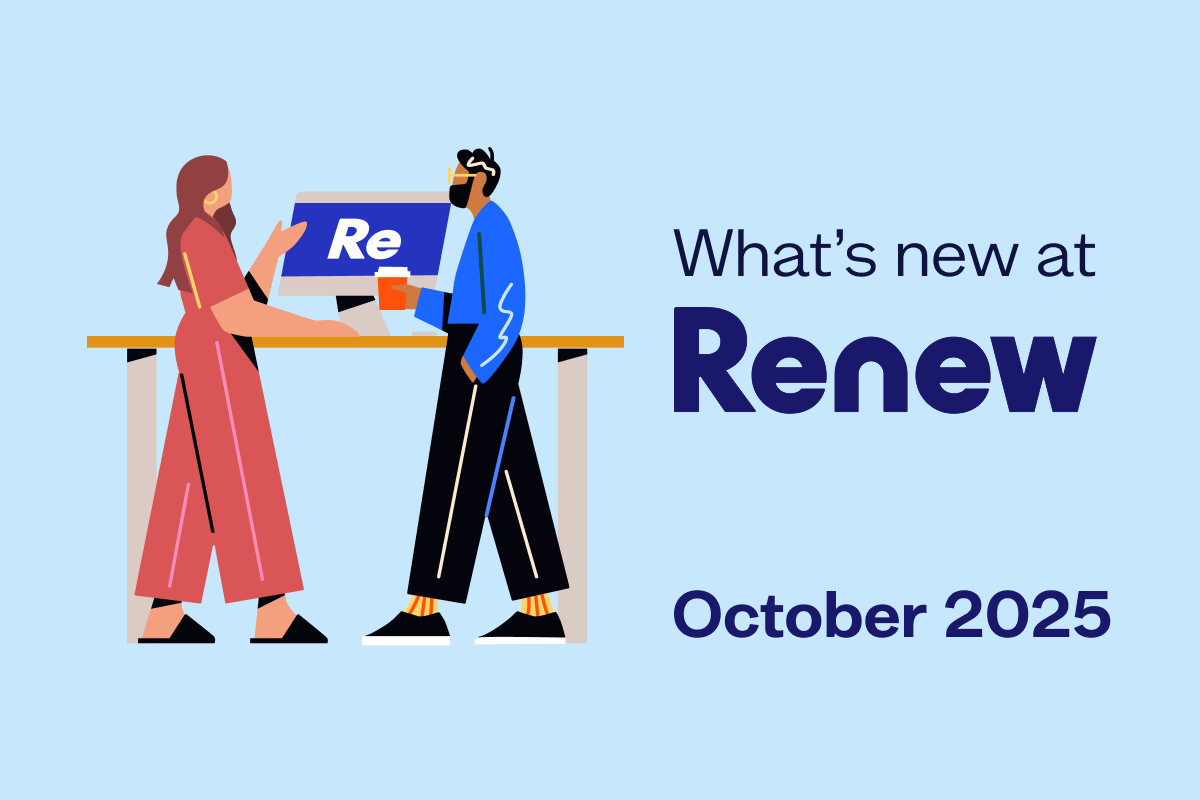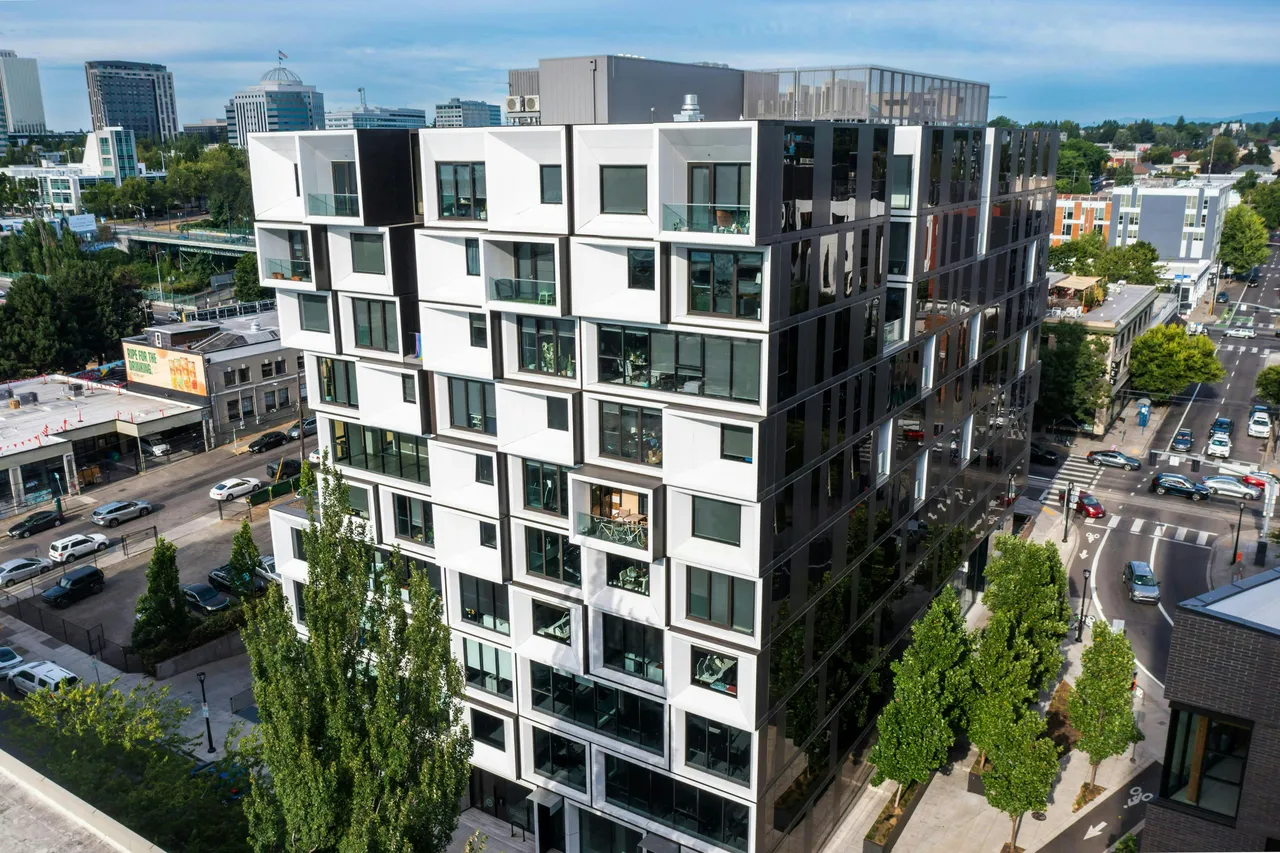For most multifamily operators, the metrics around renewals and retention often boil down to a simple yes or no question: Did the resident renew?
While that outcome is undeniably important, it only tells part of the story. In today’s competitive landscape, evaluating the effectiveness of your renewal strategy requires a deeper dive into the reason for the decision, when it was made, and how much it cost you.
So, what should you really be measuring?
1. Speed to Decision
Time is money — and that’s especially true for renewals. The faster a resident makes a decision, the sooner your team can act. A renewal secured early gives you stability; a non-renewal known early gives you time to market, show, and lease before the move-out date.
Yet many operators don’t track this. Imagine knowing that 60% of your residents make a decision within the first 30 days of receiving their renewal offer. That says your process is working — and more importantly, it buys you precious time.
2. Vacancy Loss Impact
Every day an apartment sits empty, you’re losing money.
If your current renewal strategy isn't helping reduce downtime between leases, then it's not as effective as it could be. A renewal process that gives you early visibility into non-renewals allows you to lease units faster, decreasing vacancy loss — sometimes by five days or more. Over dozens of units, this adds up to thousands of dollars in recovered revenue.
3. Operational Efficiency and Man Hours
How much manual work is required of your team just to manage renewals?
If your process involves manually generating and delivering offers, fielding repetitive questions, and chasing down responses, you're spending way too many staffing hours on something that could — and should — be automated.
When 73% of residents can manage their renewal decisions without intervention, your team is freed up to focus on the higher-value residents who need more attention or are on the fence.
Why This Matters
In a high-demand, margin-conscious market, incremental gains matter. A 2% lift in retention, a five-day reduction in vacancy, dozens of hours saved in staffing time — it all impacts your NOI.
But you can’t improve what you don’t measure.
It’s time to expand beyond the yes/no outcome and start tracking the metrics that show the real health of your renewal and retention strategy.
So, how are you measuring success?
If your current approach only considers renewal rate, it may be time to reevaluate. The opportunity isn’t just in what decision residents make — it’s in how fast they make it, how efficiently your team gets them there, and how much additional revenue you’re generating because of it.
Want help delving deeper into these metrics? Let’s discuss what success could look like in your communities with Renew.
.svg)

.svg)







.png)








































